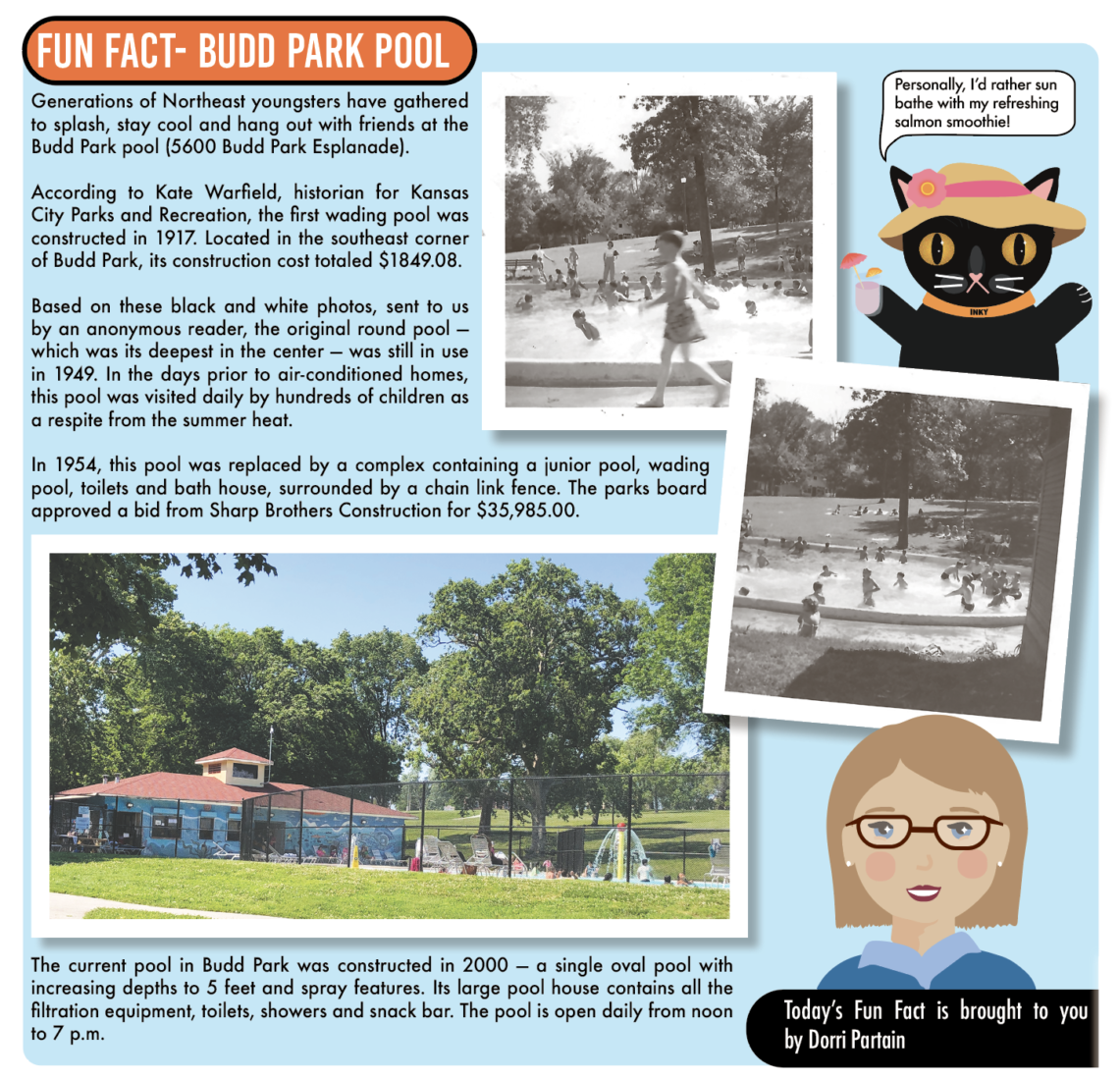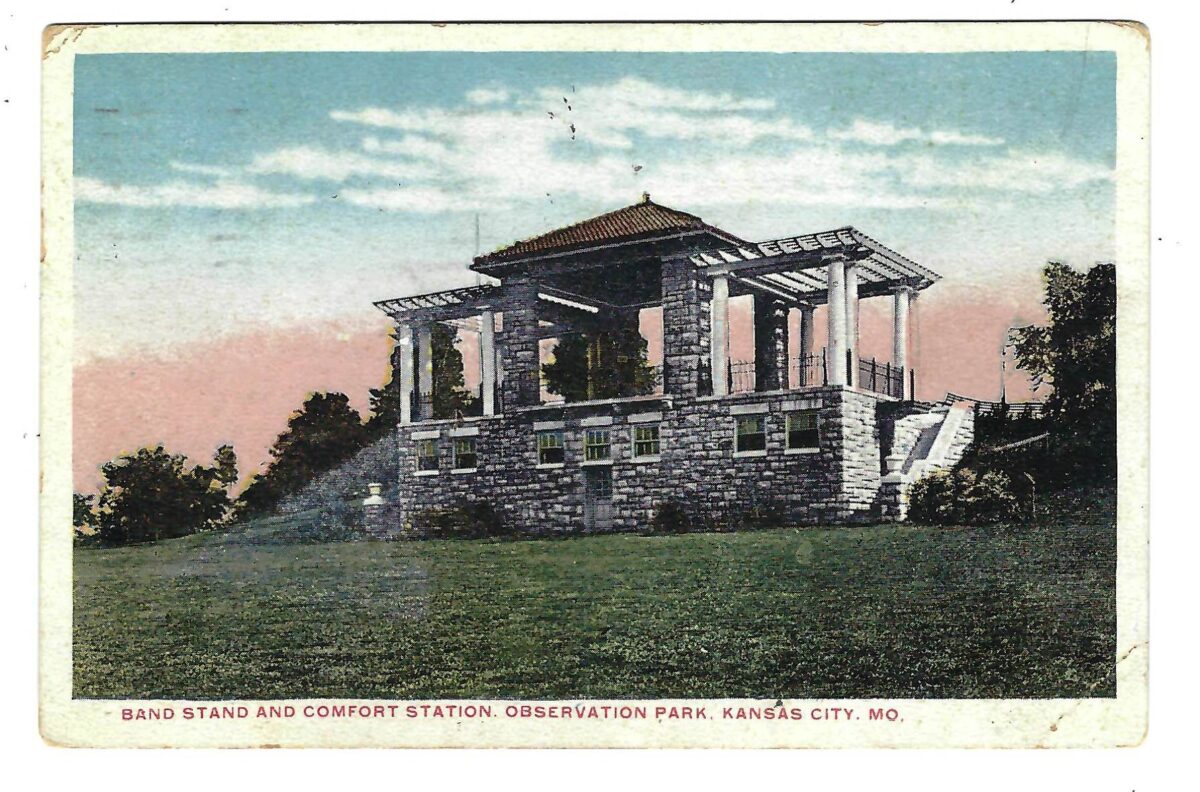
Dorri Partain
Contributor
Need a chip off the block? Then this ice pick advertising the Kansas City Ice Company will pointedly do the job.
Despite the similarity of names, the Kansas City Ice Company and the City Ice Company were just two of nearly a dozen companies that produced ice and delivered to customer’s homes via wagon or truck.
Year round, blocks of ice were needed to keep foods from spoiling prior to electric refrigeration – and additional supplies during summer heat waves.
The Kansas City Ice Company produced their own “artificial” ice at several locations: 900 E. 21st (HA-5170), 222 W. 75th (JA-1207), 3300 Truman Rd. (CH-3908) in Kansas City, Mo., and on 7th Street in Kansas City, Kan.
Unlike natural ice, manufactured ice is touted as crystal clear and sanitary. The process and equipment, which dates back to 1866, was first used in New Orleans due to the lack of natural ice. Galvanized cans filled with water were lowered into a brine solution, with pipes containing anhydrous ammonia piped throughout to cool the water, while also agitating the water in the cans to increase purity while it cooled.
Depending on the temperature of the brine and the size of the can, the freezing process would take 20 to 66 hours. The cans are then removed and heated just enough to remove the ice blocks from the can.
The plant located on 21st Street could produce 225 tons of ice a day in 300-pound blocks. Those were then cut into smaller blocks for residential delivery. Route drivers sold those as 25 pounds for 13 cents, 50 for 25 cents, 75 for 38 cents, or 100 pounds for 50 cents. During the summer months, it was sometimes necessary to ration ice if demand outpaced production.
To ensure that even people with limited income could buy ice during summer, the Salvation Army began the “Penny Ice Fund” in 1897. Based on contributions to the fund, ice was sold in certain portions of town at 1 cent for 10 pounds, with the Salvation Army handling distribution.
The fund continued until the 1970’s, with the focus slowly shifting from providing low-cost ice to providing used ice boxes and sending children to a summer camp to avoid the city’s sweltering heat.
By the 1930’s, when electric refrigeration began to replace ice boxes that required replacing ice to cool foods, the Kansas City Ice Company also sold certain models of refrigerators and “coolerators” at their ice plant locations, as well as a separate store at 38th and Troost.
The familiar yellow delivery trucks with the company logo painted on the doors ceased delivery as the last ice plant closed in November 1968.
By 2015, the building had been demolished and a new building at that address now houses the Davita Dialysis clinic.



















